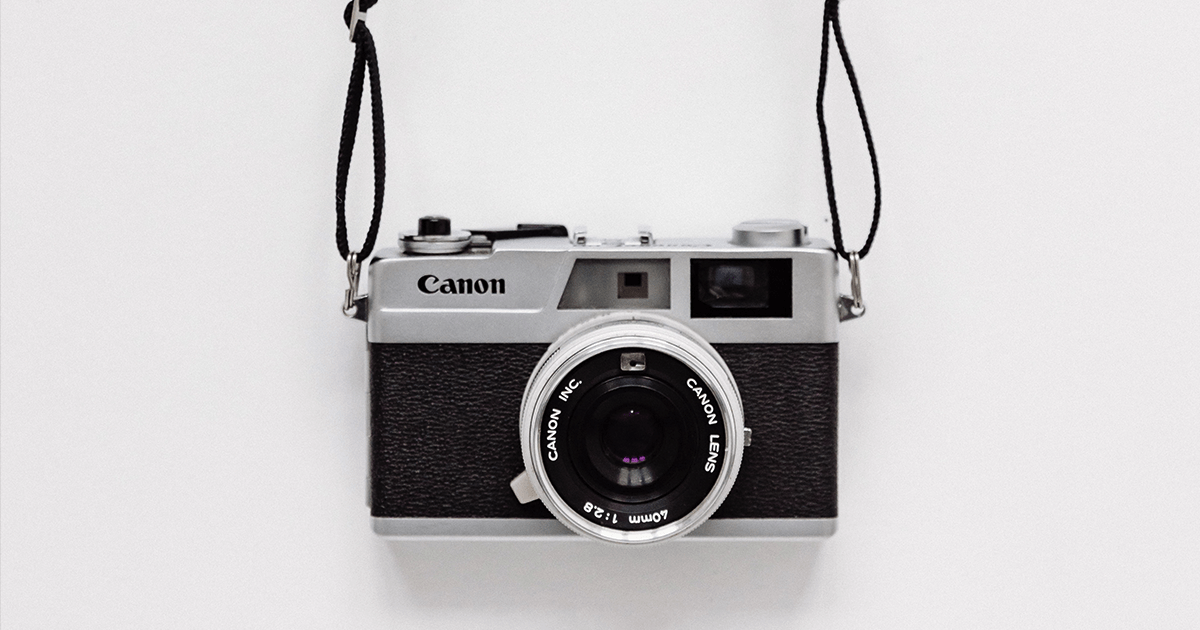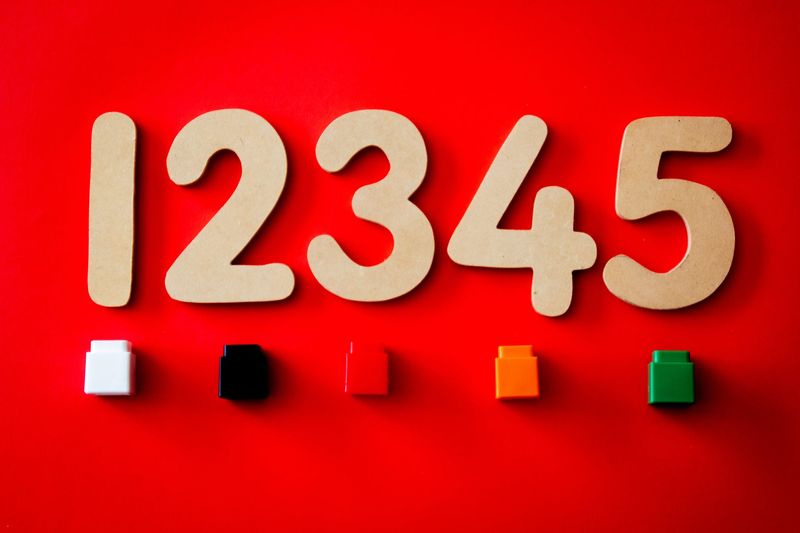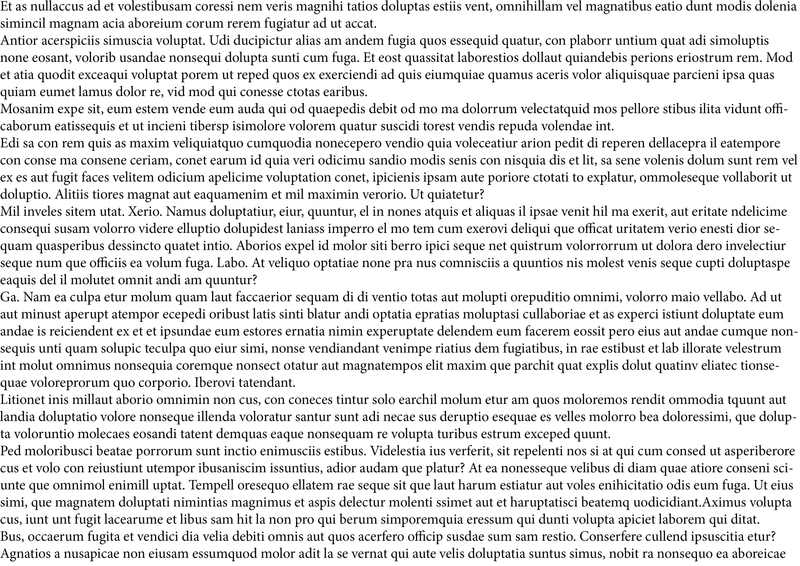- Introduction
- What types of images are available on Amazon and where are they displayed?
- What Amazon guidelines should you follow when selecting your product images?
- How can you optimize your Amazon product images?
- Conclusion
Introduction
A customer can view a product from all sides, pick it up, or smell it in a store. In online commerce, however, the direct use of the human senses is no longer necessary for the time being. A potential customer can only get an impression of the product through the images and the product listing that every seller provides online. Therefore on Amazon, the pictures are the essential marketing instrument for sellers and vendors. The Amazon images thus have a significant influence on the purchase decision. For example, if the main images are not appealing or of poor image quality, a customer automatically scrolls on without looking at the remaining images. On the other hand, good images arouse buying interest and ensure a better conversion rate. If two products are similar in quality and price, the more appealing product presentation on the images may be the deciding factor.
What types of images are available on Amazon and where are they displayed?
Amazon provides you with different image types to present your product to your customers in an appealing way:
Parentbild / Main Image: The main Image is the standard and always displayed first. It is used in the Amazon search and on the product detail page. Therefore you must provide the main image for your product; otherwise, your product will not be visible in the catalog. Once you create child variants for your product, the parent product has only a formal function. The same applies to the parent images, which are no longer visible.
The main Image is mainly displayed in the following places:
- The product's main image appears as the first image on the product detail page.
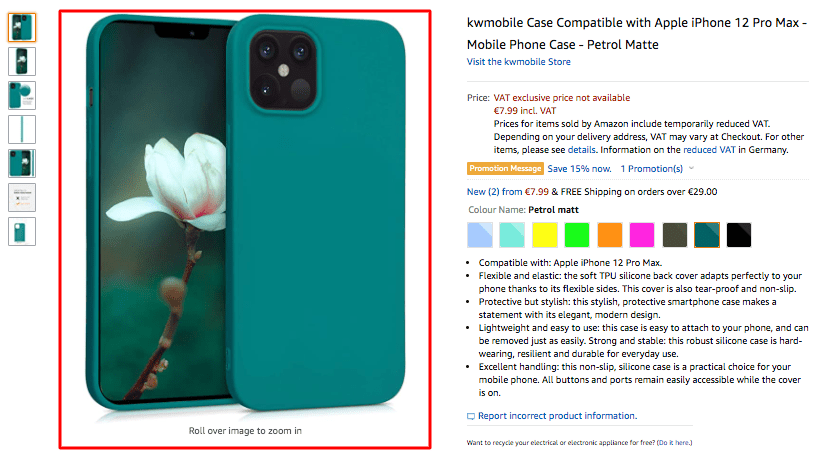
- The main image of a product is also used in the search results for the respective product. Depending on the display device, it is displayed either in tiles or a list.
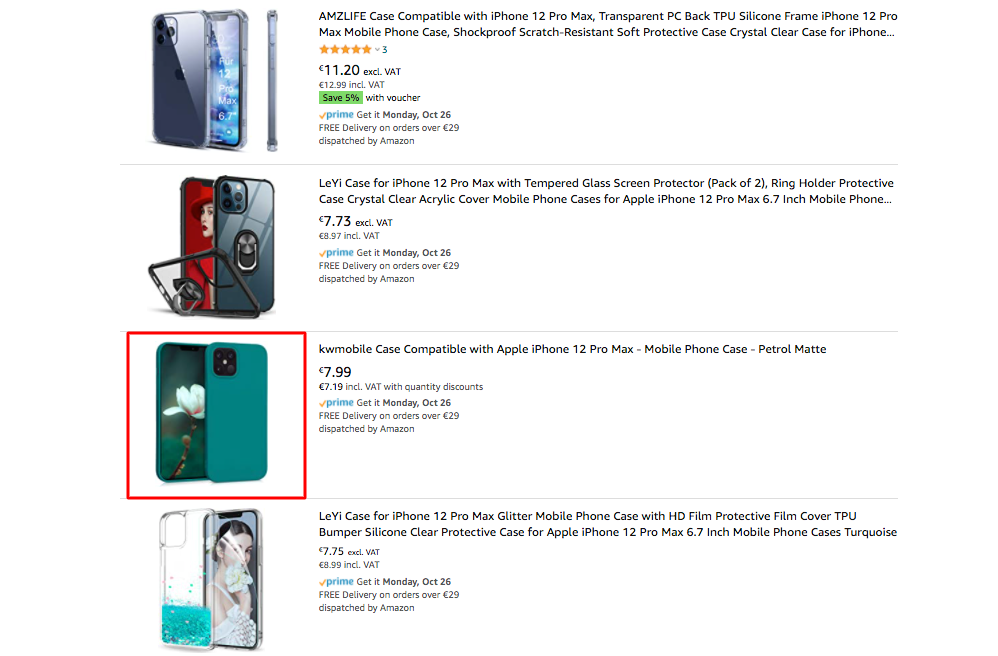
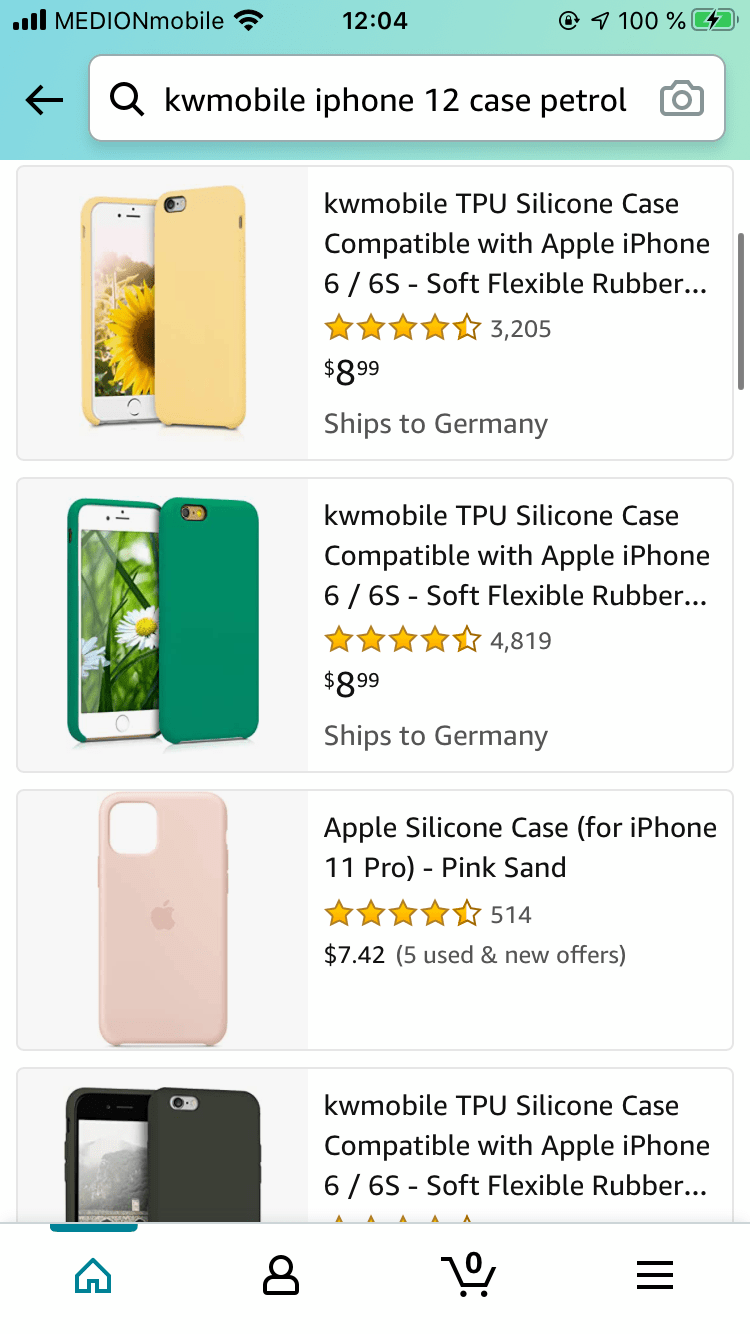
- Furthermore, the main image is used for every advertisement in which you include the respective product (Sponsored Products, Sponsored Brands, Sponsored Display. The same applies to the previews in the Amazon Brand Store.
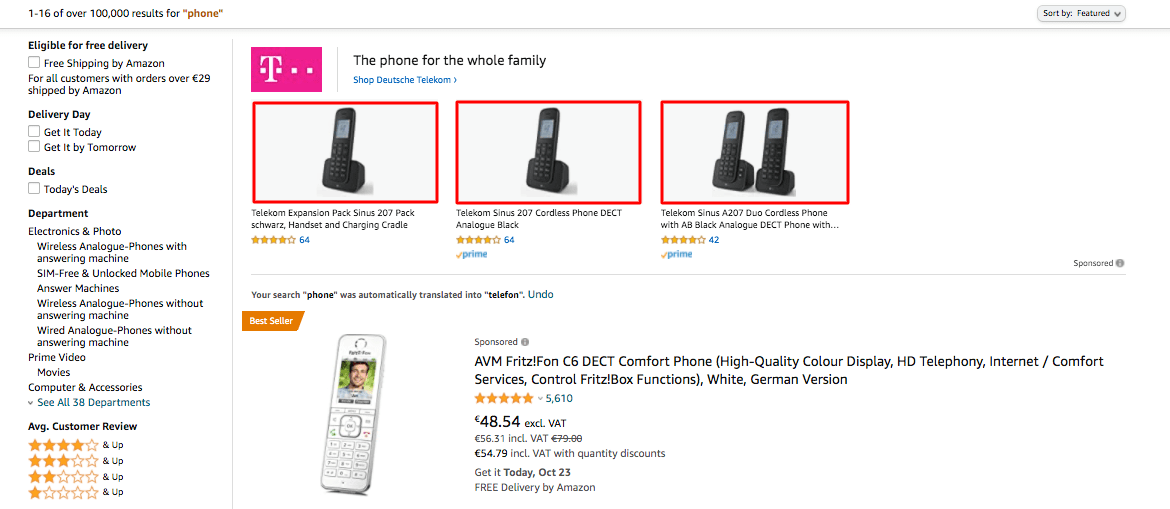
- The main Image of the product is also used for viewing and searching outside Amazon
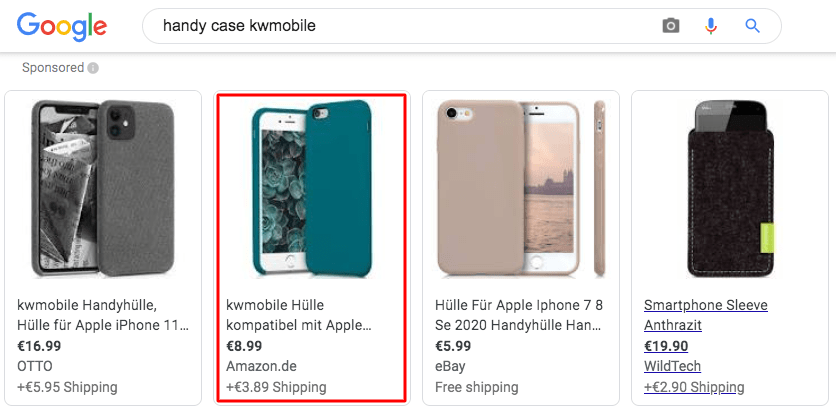
Child image: Each Child-ASIN must have the main image stored, representing the respective variant. For example, you must provide a Child's main image for each color you sell a product.
The child image is displayed in the following places:
The child image takes the position of the parent image. In addition, all child images are displayed in small (below the product price) in the variant selection as long as no Swatch images are available. The "Child main image" will change depending on the variant.
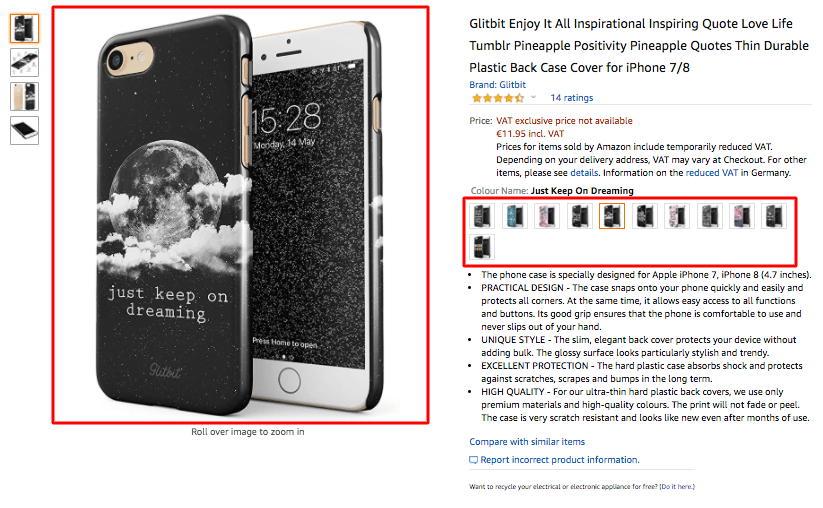
Alternative images: The alternative images show different product views. These can be different perspectives and states of a product, for example. This enables you to convey emotions that your product should evoke by integrating your products into a human environment. You also can put your product in the limelight on these images and thus show the use and application of the product.
In total, you can provide up to eight alternative images per product. But: In the mobile version, only the first seven images are displayed on the product page. This is independent of how many images you have uploaded in total. The customer cannot open additional images in the detail view. Therefore, you should ensure that your first seven pictures are the most relevant ones.
The alternative images are displayed in the following positions:
- the alternative images are available for selection directly next to the main product image.
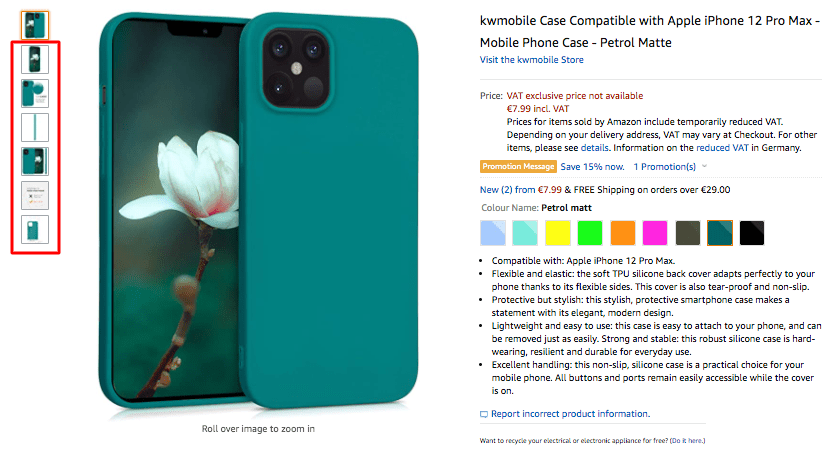
- In the mobile view, the customer can wipe through the product images first. If he then scrolls down further, the alternative images are displayed after the main product image in the product image gallery.
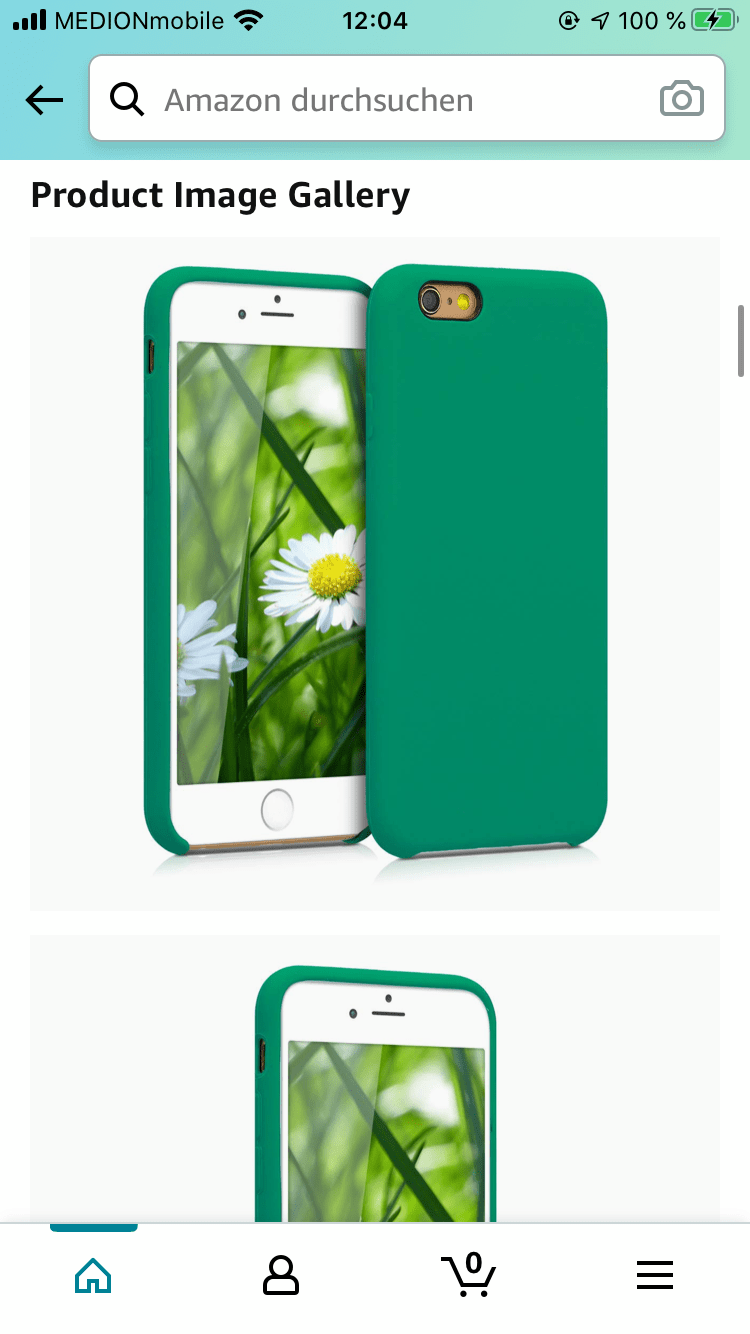
Swatch images: The swatch images are used for detailed shots of the sample or material in which you sell your product. You can upload one Swatch image per Child SKU. If no Swatch image is available for your Child-SKU, the Child main image will be displayed automatically.
The Swatch images are displayed in the following locations:
Amazon displays the Swatch images in the variant selection.
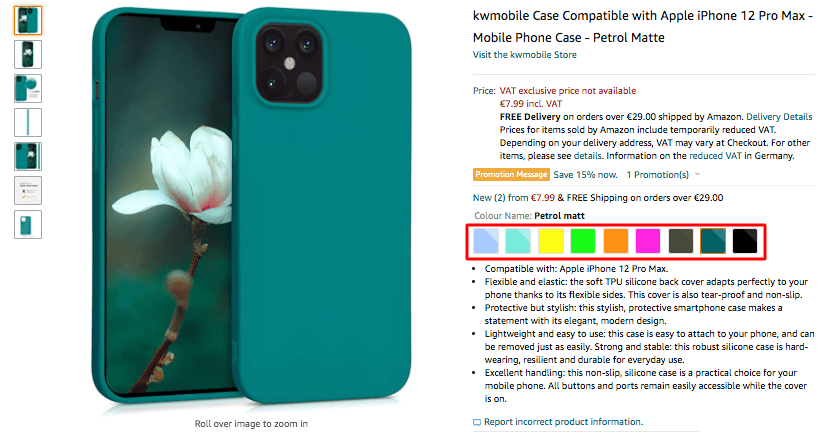
What Amazon guidelines should you follow when selecting your product images?
Amazon provides detailed guidelines for the different product images. You must follow these guidelines because Amazon will exclude you from the search results if you do not meet the requirements.
Guidelines:
- Ideally, images should have a minimum resolution of 1000 x 1000 pixels. The (automatic) zoom function is activated from a resolution of at least 1600 x 1600 pixels the (automatic) zoom function is activated. A maximum image size of 10 000 x 10 000 pixels are allowed. The larger the image, the more detailed a customer can view your product.
- Every product must have a main image.
- The image background must be 100% white for each main image.
- the main image may show only the product offered for sale.
- The product must be photographed in the front view for the main product picture.
- The main picture must show the exact scope of delivery.
- The product shall occupy at least 85% of the space of the entire image area and shall have an aspect ratio of 3:4 (width: height)
- the product's main image must show the whole product (no part of the product must be cut off)
- The product color on the images must correspond to the original color.
- Format requirements: JPEG (.jpg), PNG (.png) or GIF (.gif); where JPEG is preferred
In addition to these general requirements, there are specific requirements for each category (see Styleguides. Especially in the categories Clothing and Shoes and Handbags" Amazon makes additions to the guidelines. For example, the rule applies in clothing that the main image must be shown on a model. In the case of shoes, only one left shoe is to be shown in each main image, and a ¾ view from the front, with the toe of the shoe facing left.
Bans:
- offers without pictures or with placeholders instead of pictures (e.g., "no picture available," "temporary pictures").
- main pictures in black and white
- main pictures with schematic representations or sketches
- none of the images may contain text, borders or frames, logos, labels, price tags, or watermarks
- there must not be more than one product (exception: multipacks) or color variations as well as additional products, accessories, erotic motives, or self-made bestseller badges on the pictures
How can you optimize your Amazon product images?
If you follow the guidelines listed, the first thing you do is make sure that your product appears in Amazon search results. However, there are other ways to optimize your Amazon product images and offer your customers the best possible product presentation.
Use Mobile Hero Images
Since your product images are significantly smaller in the mobile view, it is essential for a reasonable conversion rate that your product is clearly visible on the images. Therefore, choose a good image section to display the product as large as possible.
However, the more performant solution for this is called Mobile Hero Images.
A Mobile Hero Image represents a product from the real world, which is different from a standard packshot. It retains most of the key elements of the physical pack in terms of design, shape, and color but is more recognizable on a digital device. It often changes the font sizes or other key elements that could be important to the customer for sales.
What should these special images convey? (4 W's)
What brand is it? - The name of the brand must be visible on the picture. There may also be a sub-brand, which in most cases is even the main distinguishing factor that a brand owner wants to communicate to the consumer or buyer.
What is it? - Is it shampoo, cat food, ice cream, soft drink, etc.? For many products, visual communication is used to convey what kind of product it is. In an online store, however, customers only have the opportunity to view pictures. Therefore a functional name on the product image should help identify what kind of product it is.
Which variant is it? - Make it clear on the product image which variant of the product you are selling. Do you sell still water or sparkling water? It is important that the customer can see this at a glance.
What is its amount? How much does the product contain? - Usually, the amount of the product contained in a package is indicated on the label. For example, the number of diapers in a package, the number of washes that a box of washing powder supports, etc. In the case of a multipack, it is important to indicate how many individual items are contained in the multipack, as well as the size/weight and quantity of each item.
Example:
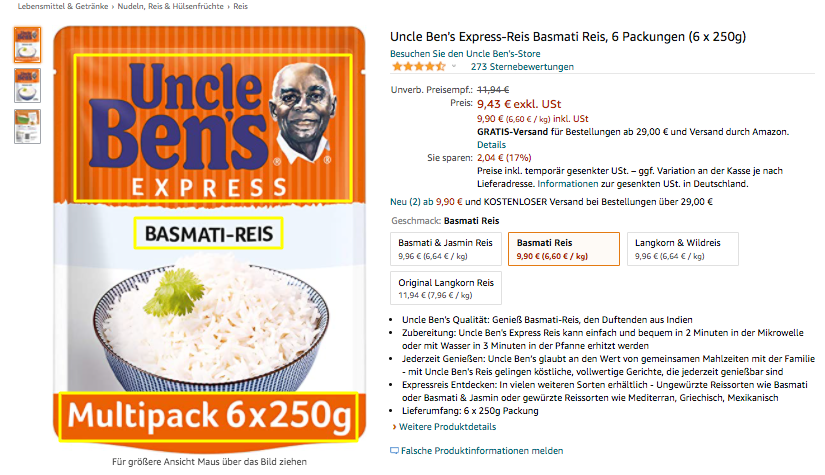
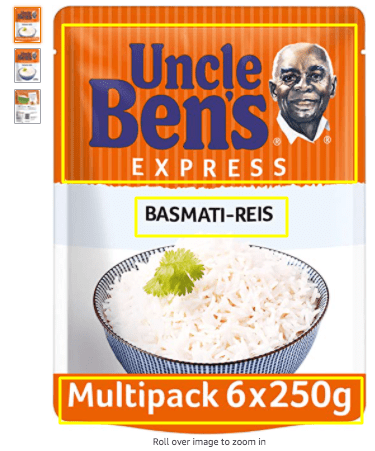
Renderings as an alternative to photos
An alternative to the photo is the so-called rendering. The product is recreated on the computer in a rendering, and a 3D model is created. This model can then be positioned in front of any background and different light sources. Renderings are often used for otherwise tricky products to photograph (see Image 12).
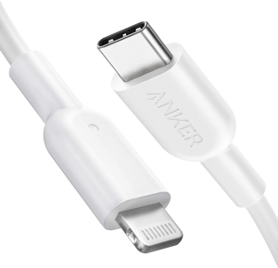
The advantage is that once you have created a 3D model, you can display your product from various perspectives. Color variations can also be quickly adjusted with the help of a 3D model.
Images with additional information
Size specifications are allowed according to Amazon's guidelines, and your customer can see directly how high/wide/long your product is.
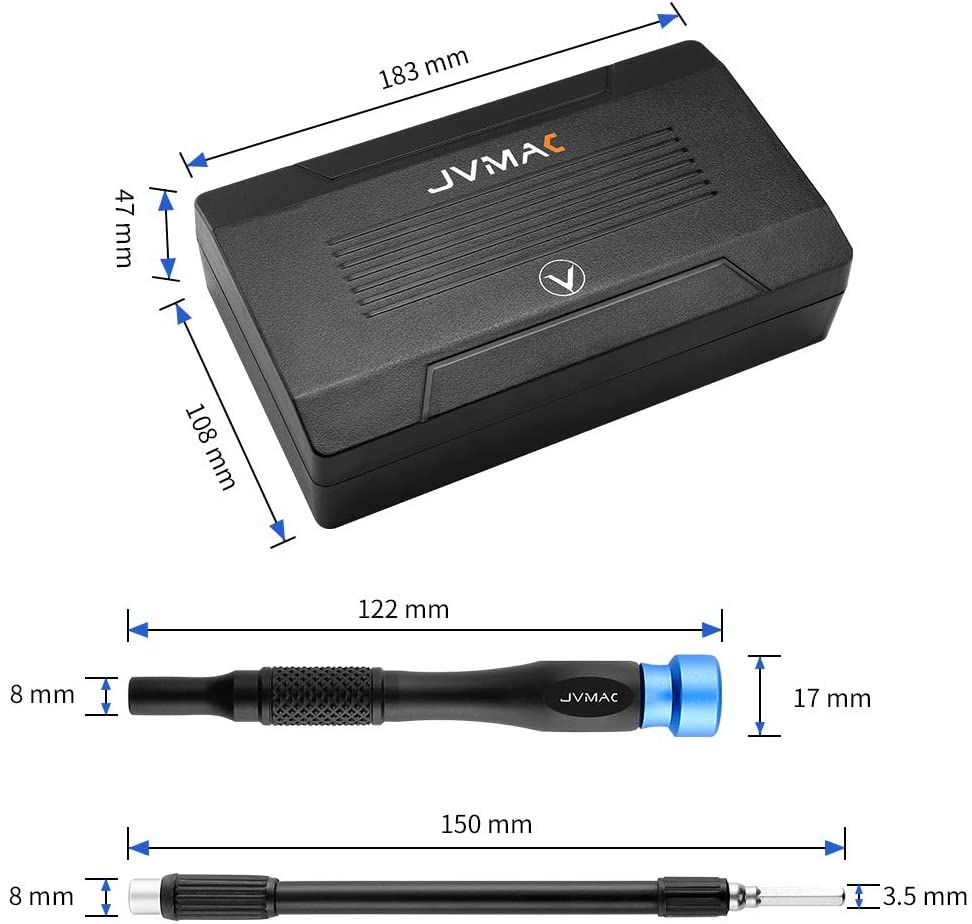
Images of the product in a natural environment or in use
Images in a natural environment stimulate the customer's imagination (e.g., for decoration) or arouse emotions that your product should trigger in your customers (see Image 14).
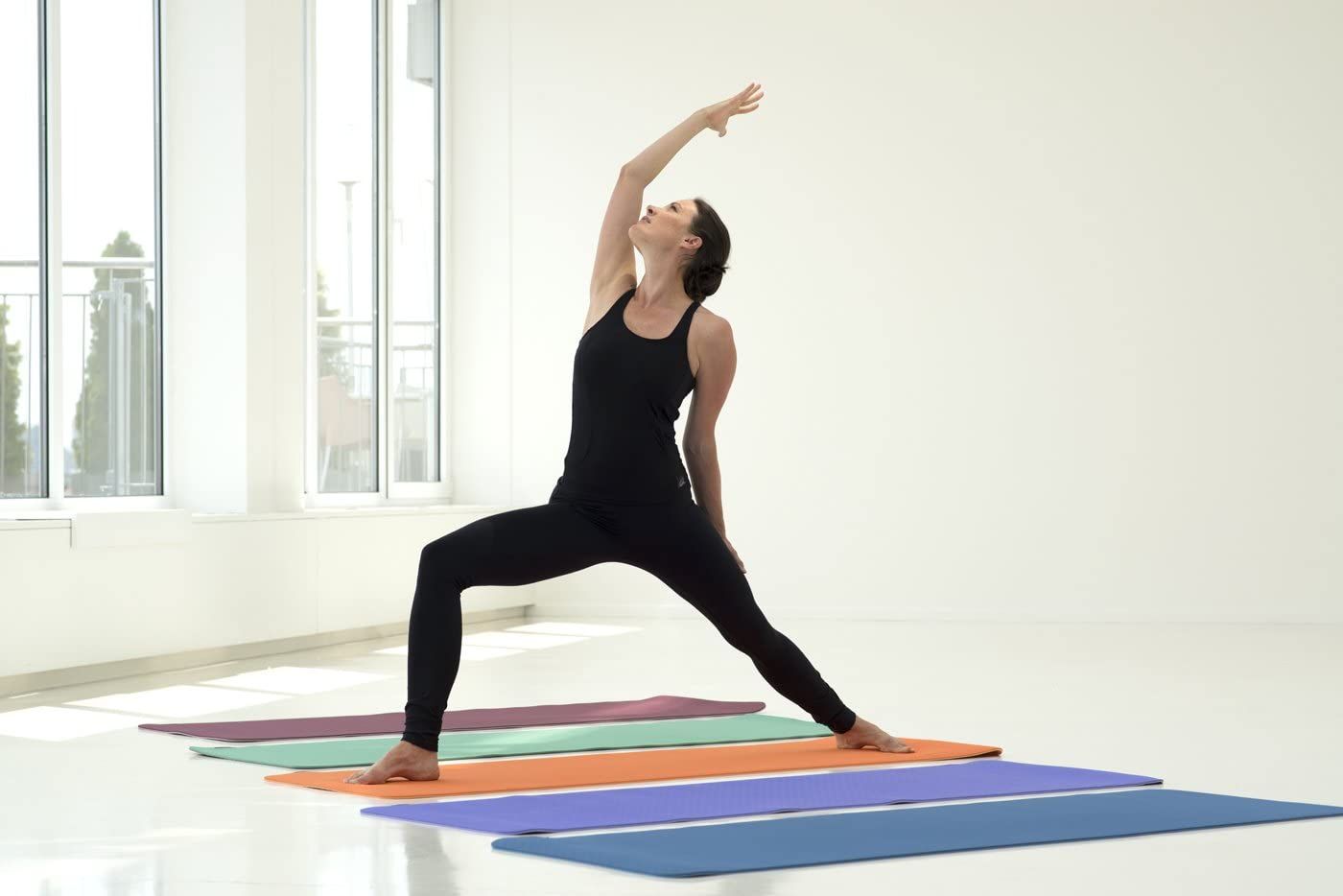
Showing typical applications
Make it clear to your customers what they can use your product for.
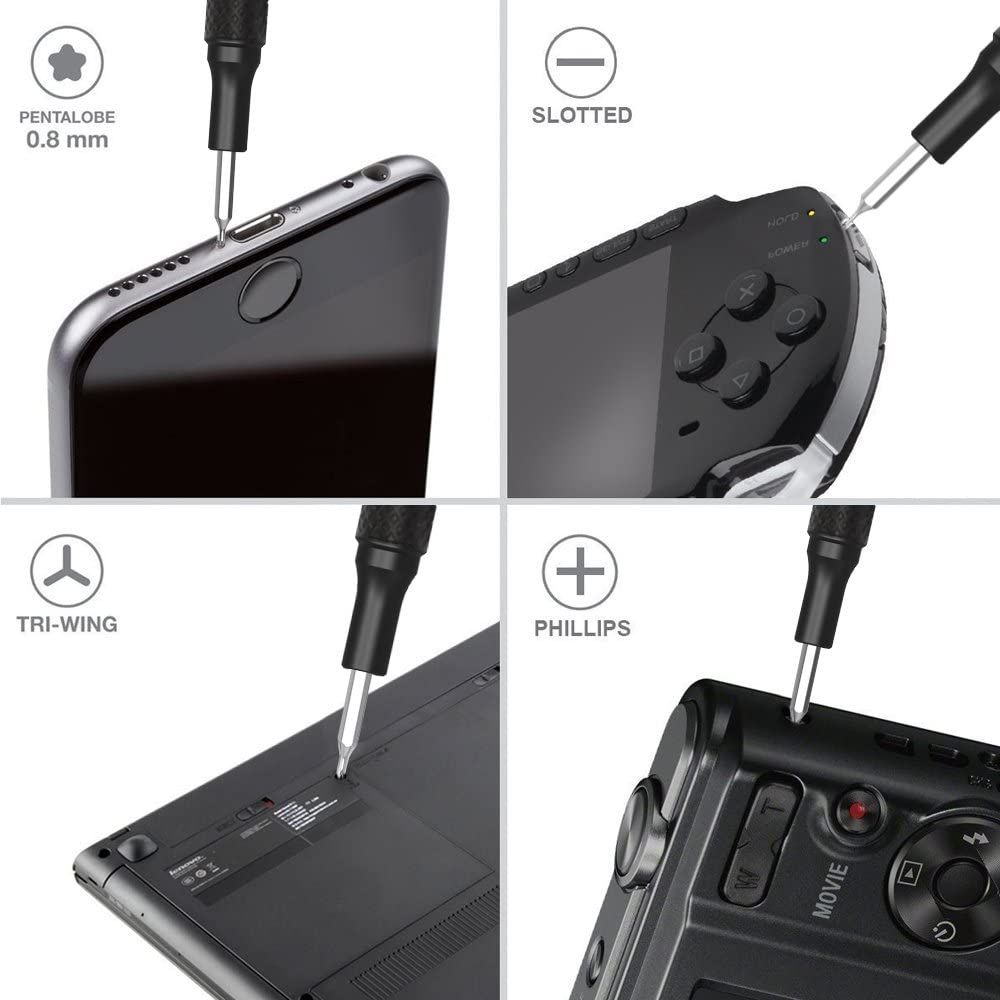
Use of 360° images
Amazon now offers sellers in selected categories the opportunity to upload 360-degree product photos. In these photos, the product appears to rotate so that the buyer can view it from all angles. This technology is a way for you to mimic the in-store shopping experience for your online product.
You need to upload 360° images to Amazon, so use a 360 viewer app to convert your images.
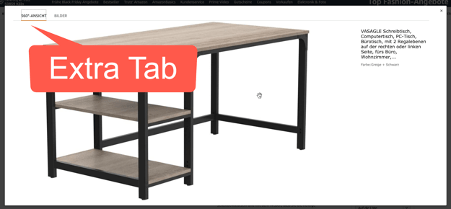
VR Placement in space (only in the Amazon App)
In recent years, Amazon has integrated an Augmented Reality (AR) feature for mobile devices that allows customers to view digital items at home before buying them.
Avoid mistakes during purchase
If you notice a frequent return of your products, you can determine customers' mistakes in their purchases. Afterward, you can clearly show the customer on a picture what this product is suitable for. In this way, it is possible to reduce the number of wrong purchases.
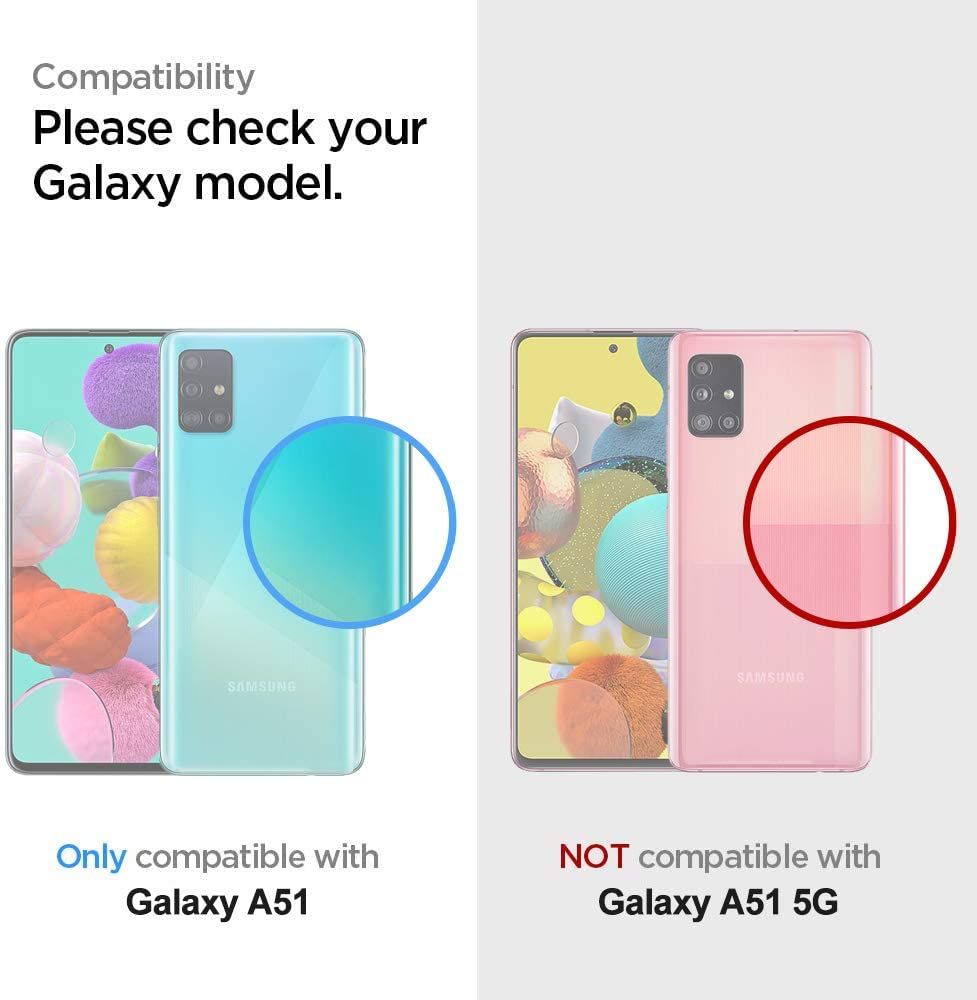
Note
Images are bound to the SKU and therefore internationally consistent, i.e. if you upload an image for DE, the same image will appear for UK. This must therefore be taken into account for text in the image.
How do you upload images to Amazon?
There are three options available to you for uploading your product images:
- About the Sellercentral (Vendorcentral): Click on Stock - Manage Stock in your Sellercentral and either create an entirely new product (if it does not exist yet) or click on the Edit- button in the product column. Under the item Pictures, you can enter your pictures. There you will first see the images that are currently live on Amazon. If you scroll down further, you can add more photos.
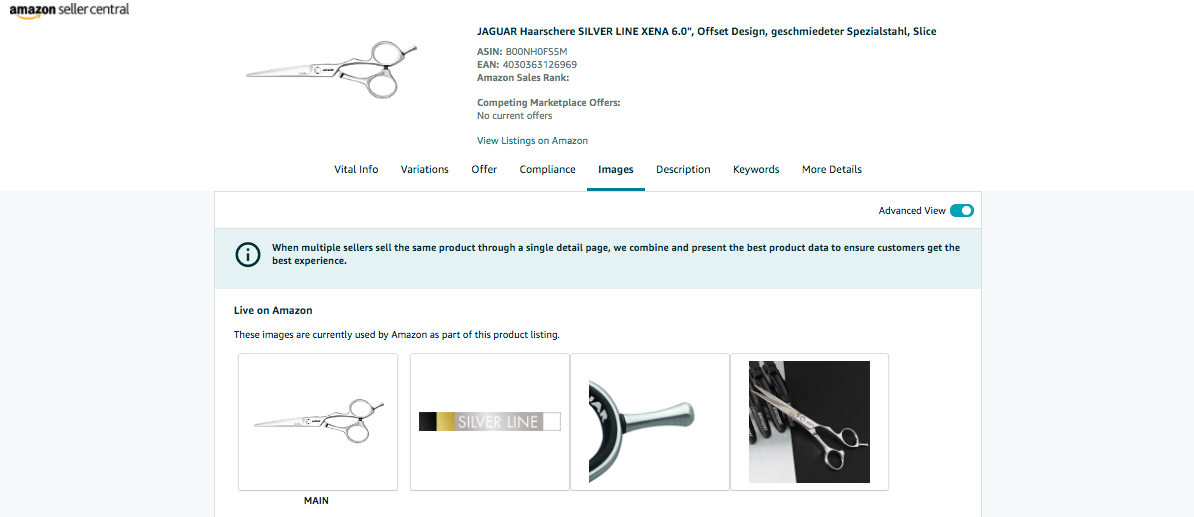
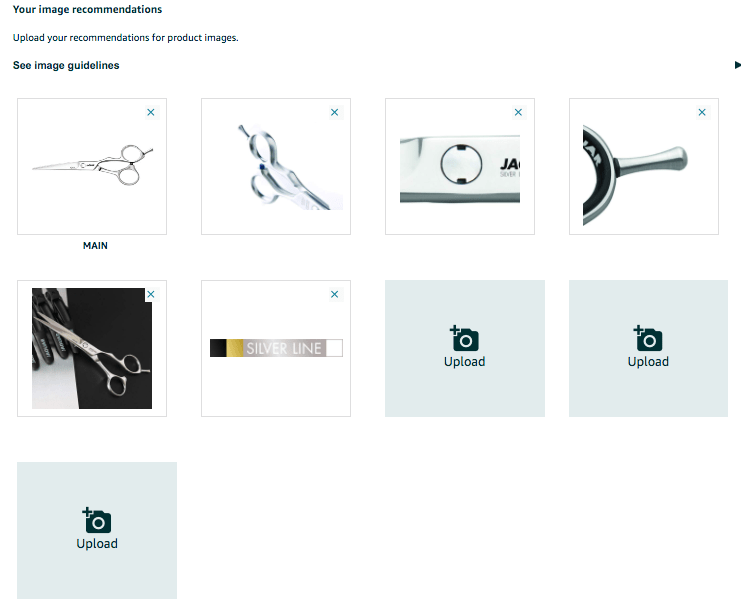
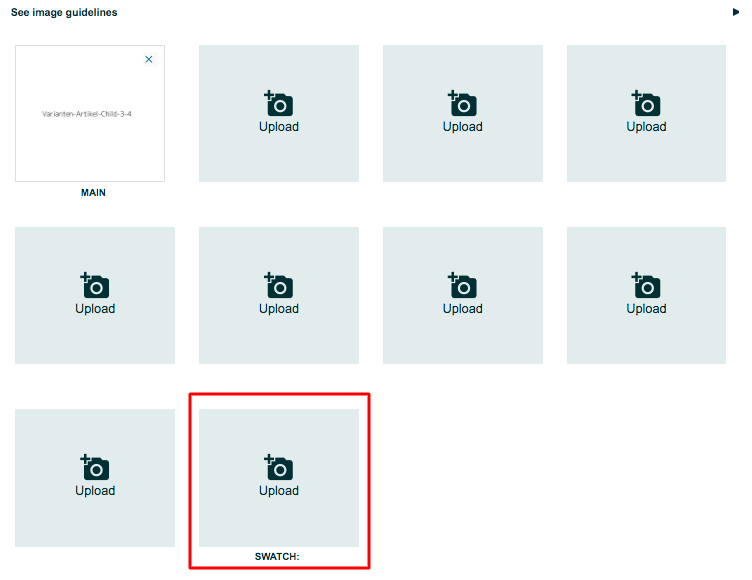
- About an Amazon flat-file: If you have an extensive product catalog, the individual maintenance via Sellercentral is very time-consuming. Therefore, Amazon offers you the option of uploading article lists in Excel files - Amazon Flatfiles. You then only have to fill these out according to Amazon's specifications. Just download the appropriate stock Excel template, which you can find here →. The flat file contains columns for images in which image URLs are stored. These must be publicly available from a server.
- Using the MWS API via a feed upload: In addition, it is possible to upload images to your Amazon stock via an external tool using the MWS API. You can find more information about the API here →.
Conclusion
Taking good product images for your products is complex but necessary. Images not only send messages that pure text cannot convey, but they are also essential for a customer's purchase decision. When shopping online, a customer only can look at the product images. Without sufficient images, a customer cannot make a good decision for a product. Also, pay special attention to the quality of your product images because they influence the perception of the overall quality of the product. Not only the product itself is essential for a successful sale, but also the way it is presented, and this is entirely up to you!
